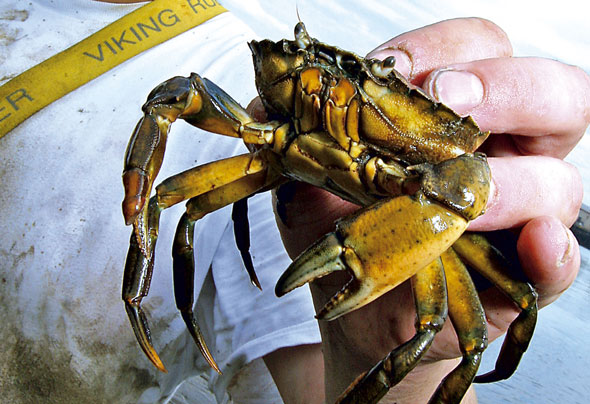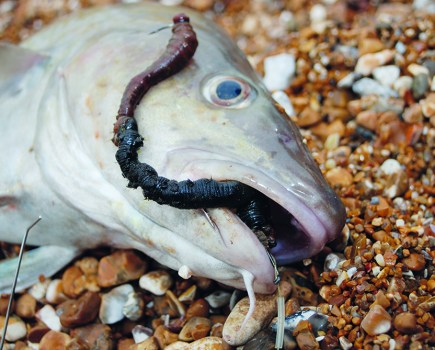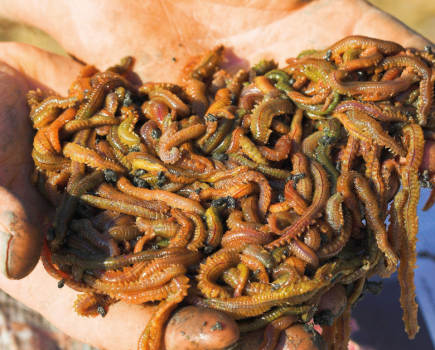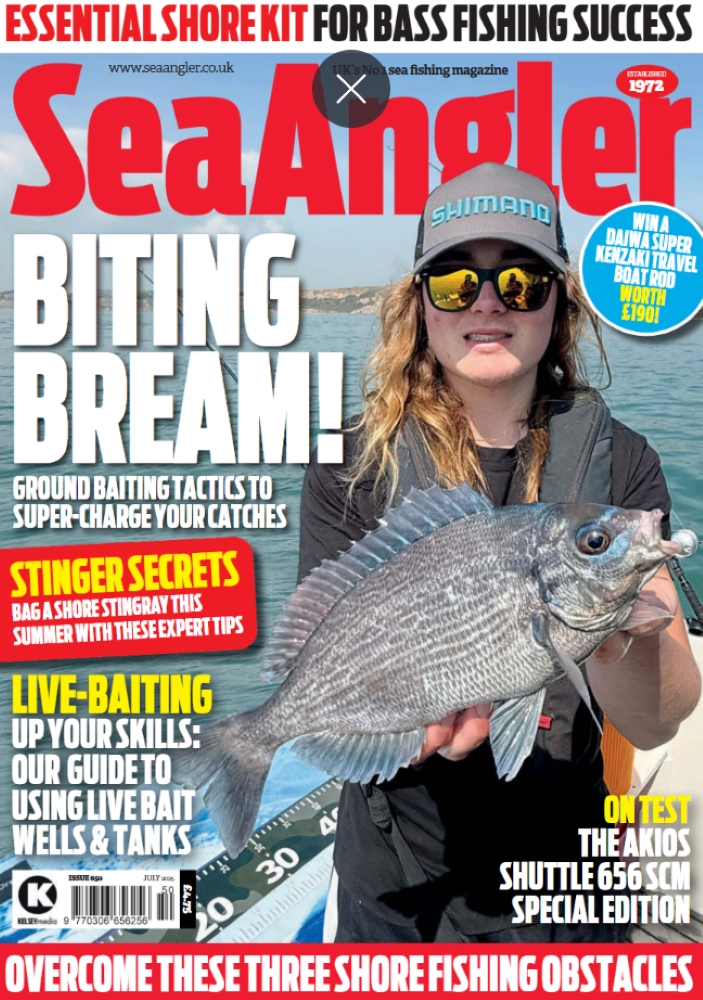A crab is ready to peel when it has just started to blow off its outer shell. You will see a crack along the side of its body where the upper carapace is parting away the lower body section to reveal the softer tissue that is located underneath.
If you are not sure, then break off a crab’s leg segment because the softer flesh underneath will be perfectly formed and solid but still soft.; this crab is the perfect hook bait.
The next step happens very quickly and this is when the top shell lifts right off the soft under-body and is hinged at the eye sockets. The crab is said to have popped and is in the process of extracting itself by moving backwards out of the old hard shell.
At this point it is also in perfect bait condition, but it won’t stay like this for long because the new soft shell will quickly start to harden, so it should be used either immediately for bait or frozen for later use.
It is possible to speed up or slow down this process by regulating the amount of water a crab drinks and the amount of time that it is in it. The less amount of water and time spent in it, the longer the whole peeling process takes. Be aware that there is the danger of the crab dying because it still needs a regular supply of seawater and needs to be kept damp to survive.
You can also slow down the process by lowering the temperature in the fridge. For this, you will need to keep a thermometer in the fridge so you can check the temperature on a regular basis to make sure it is constant and a few degrees above freezing.
On at least a couple of occasions I have lowered the temperature setting too far and the fridge compartment has frozen solid along with the crabs. This is not quite the disaster it sounds because shore crabs are very hardy and can withstand extremes of temperature, but only for short periods.
Give a crab more water and the process speeds up as it takes in water to blow off the hard shell, but again you need to check them regularly so you can sort the softies for hook baits.
You can also speed this process up considerably by putting the crabs in a bucket of relatively warmer oxygenated water fed by an air pump, but you practically need to stand and watch them as the peeling process for advanced crabs can take just a few minutes. You are looking for crabs that have not quite got rid of their old shell.
More experienced match anglers regulate their supply of crabs so that they are in perfect condition for match day, but it takes a lot of practice. The average angler will probably be happy enough to look after them by making sure that they stay in a damp cool environment, checking regularly, and when they are ready, peel and freeze them for future use.
Undressing a crab
Let’s assume you have a crab ready to peel or that has already popped and you have caught it in time before it starts to harden to what we call a crinkleback.
You will need to remove all of the remaining shell before using it as bait. Kill the crab by piercing it between the eye sockets with a suitable tool. Carefully break off each leg and claws at the first segment next to the body, so that the whole thing comes free, leaving each last softer leg segment attached to the body. Remove the top shell, followed by the side shells and then remove the shell from underneath around the leg sockets. Now pull the shell free from the abdomen flap.
There will probably be some translucent white shell tissue remaining in between the lower body leg segments, so remove this using tweezers, if necessary, and then completely remove the eye socket and mouth assembly. Finally, by pulling apart each side of the soft body you will reveal the crab’s lungs still attached at each side. Carefully remove all of this material and the crab should now be free of shell and ready for use.
The legs can also be used for bait. By pulling each leg segment free, starting from the pointed end, the whole leg can be extracted segment by segment. This is a good way of telling if the crab was ready to peel in the first place because the legs should be easy to extract. If not then you have probably peeled the crab slightly too early.
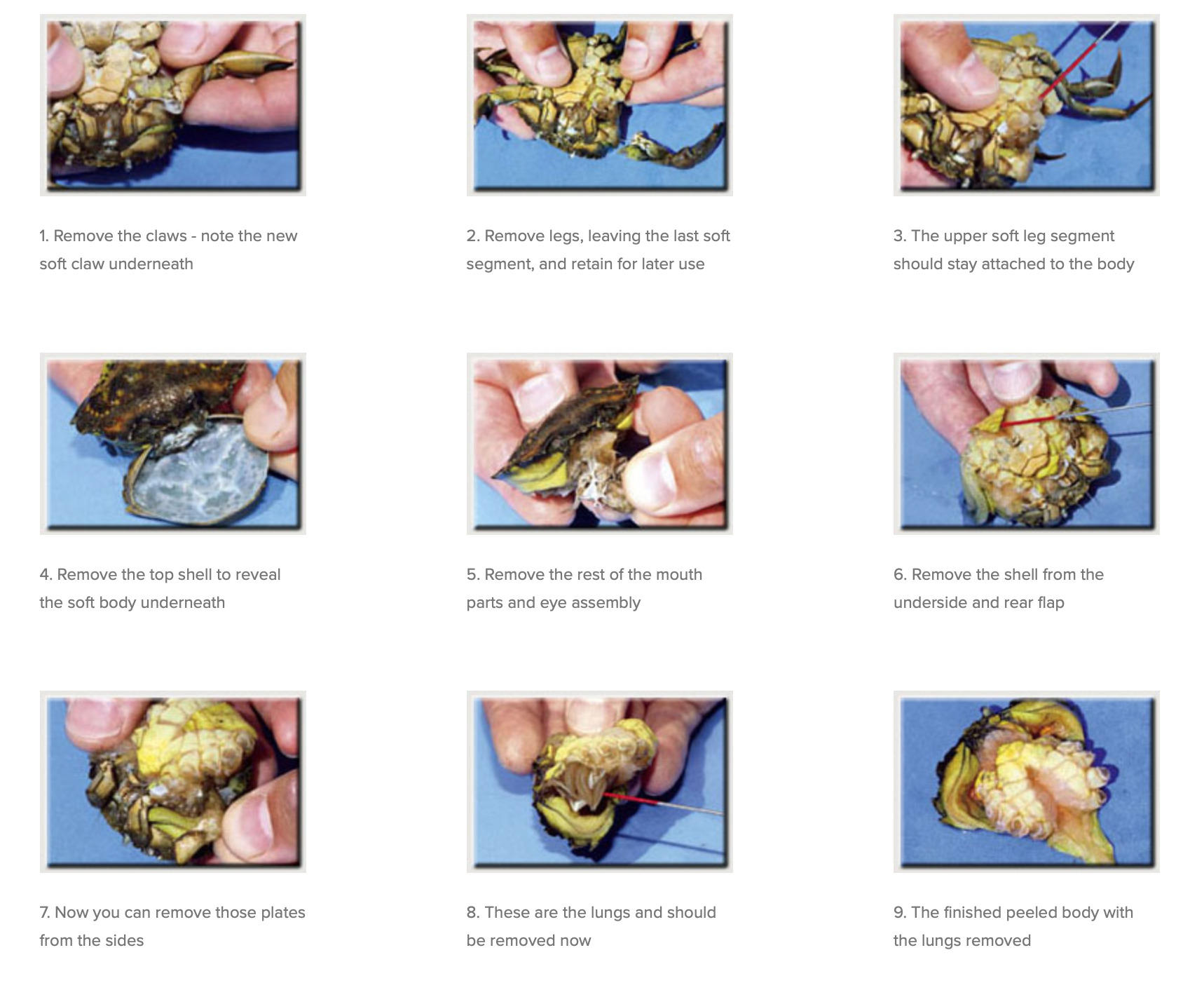
Freezing techniques
If you are freezing crabs that have already popped and become softies, all you need to do is remove the new lung tissue.
Frozen crabs should be treated it as if it were for human consumption. Do not use crabs that have died naturally because as soon as a crab dies its tissue starts to break down and produces toxins, which fi sh can easily detect.
The crab needs to be frozen as quickly as possible and, unless you have access to liquid nitrogen, then here’s the method I use. Rinse the crabs in fresh tap water and place on strong tissue paper to dry them out for a few minutes. Then place each crab, complete with peeled legs, on a sheet of metal, such as a biscuit tin lid, which has been in the freezer a couple of hours. This speeds up the process.
Then tightly wrap each semi-frozen crab in some cling film or tin foil, but do not overdo it. The crab needs to be frozen not insulated.
Place it back on the metal tray until properly frozen and then wrap a dozen or so in a sandwich bag.
Don’t put too many crabs together in the same bag because this produces an insulating effect. Make sure you suck the air out of a sandwich bag using a drinking straw before properly sealing it to avoid the same effect. Store the frozen bait in the bottom of the freezer.
How to present a crab bait the fish can’t refuse
Crabs are fished on a short-shank hook, which improves presentation and stops the crab bait from sliding down the shank of the hook.
Some long-shank Aberdeen and worm hooks have barbs on the shank to prevent this happening. If you are using a cocktail of a crab and a worm you may need a hook with a longer shank.
The Mustad Viking is the classic crab hook for bigger species, such as cod and bass, while the smaller Limerick hook is ideal for smaller species, such as flounders and eels.
There are several ways to bait with a crab. A whole crab, say two to three inches across the back, will make an ideal big bait for bass and cod. It can be mounted whole on the hook by pushing the hook through the back of the crab’s body and out through one of the front leg sockets. Secure the bait with elastic thread, adding a few crab’s legs to make the whole thing look more natural.
Using a whole crab retains a lot of fish-attracting juices so you will have to release them by piercing the bait with a pointed knife to allow the scent to leach out slowly.
For a really juicy bait that releases scent in a quick initial burst, simply cut the crab into two halves and mount both of them on the hook the same way by passing the hook point out through a leg socket and then securing with bait elastic.
A big crab can be cut into several pieces to attract smaller species, but remember to scale down the size of your hook to match bait and fish. A size 2 Limerick with half a section of a crab around an inch across, plus a few peeled legs, is a fine bait for flounders and eels.
If you don’t have any big crabs available then several smaller ones can be combined to produce larger baits. Use a minimum amount of elastic thread to secure the bait because the presentation of a crab bait is very important.
If you are fishing in rivers or estuaries where short gentle casting is required then don’t use thread, but use several leg sockets to lock the bait on the hook.
 1. Pass the hook through the rear body of the whole crab
1. Pass the hook through the rear body of the whole crab
2. Then twist the hook and push it through a leg socket
3. Secure with a minimal amount of bait elastic
4. A nice juicy finished peeler crab bait. What fish could resist?
Don’t waste those legs and claws – here’s how to peel them




1. Twist and snap off top nipper, then extract the soft claw
2. Pull to reveal next segment, then twist and pull to reveal the next
3. A complete soft claw with the detached hard shell segments
4. A completely peeled crab and peeled legs and claws ready to use

When sport is expected to be fast, some anglers often only use frozen crabs because peeling enough to constantly feed a two or three hook rig is far too time consuming.
Frozen crabs tend to wash out slightly quicker than fresh, but are no less successful because sometimes a quick release of juices can produce bites quicker when the fish are feeding hard.
It is usually a good idea to take frozen and fresh crabs, just in case the fishing suddenly speeds up. If a retrieved bait is reasonably intact, quickly tipping it off with half of a frozen crab and cast out again. This can produce a bonus fish in the time it can take to clean the hook and re-bait.
A peeler crabs is the only bait to use for cod during the summer along the North East coast, where the red-backed fish feed in the kelp beds. They are rarely taken on any other bait. Coalfish, pollack, and wrasse are the other main species here and again crab is the top bait.
Crabs work well into October and November, then the fish tend to switch to worms, but crabs will still take some fish right through the winter.
Crabs are the foundation of any cocktail bait, especially where cod or bass are concerned. The classic crab and mussels cocktail is a killer, with the mussels helping to bulk out the crab if it is in short supply. Lugworms, ragworms, white rag and razorfish are all very effective winter baits. Small worms tipped off with a few peeler crab legs can often produce big bags of dabs and flounders from local piers.

